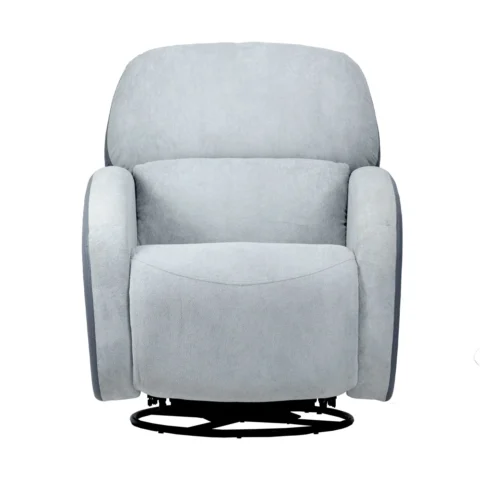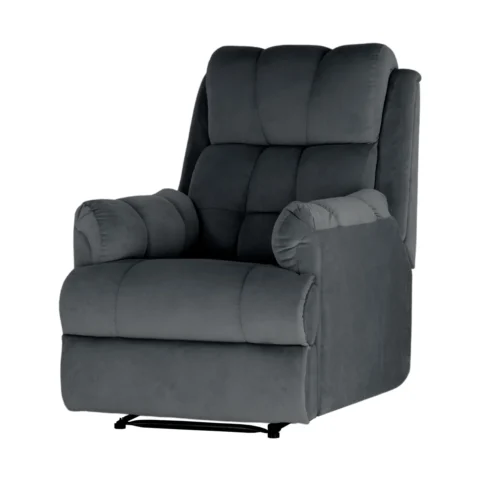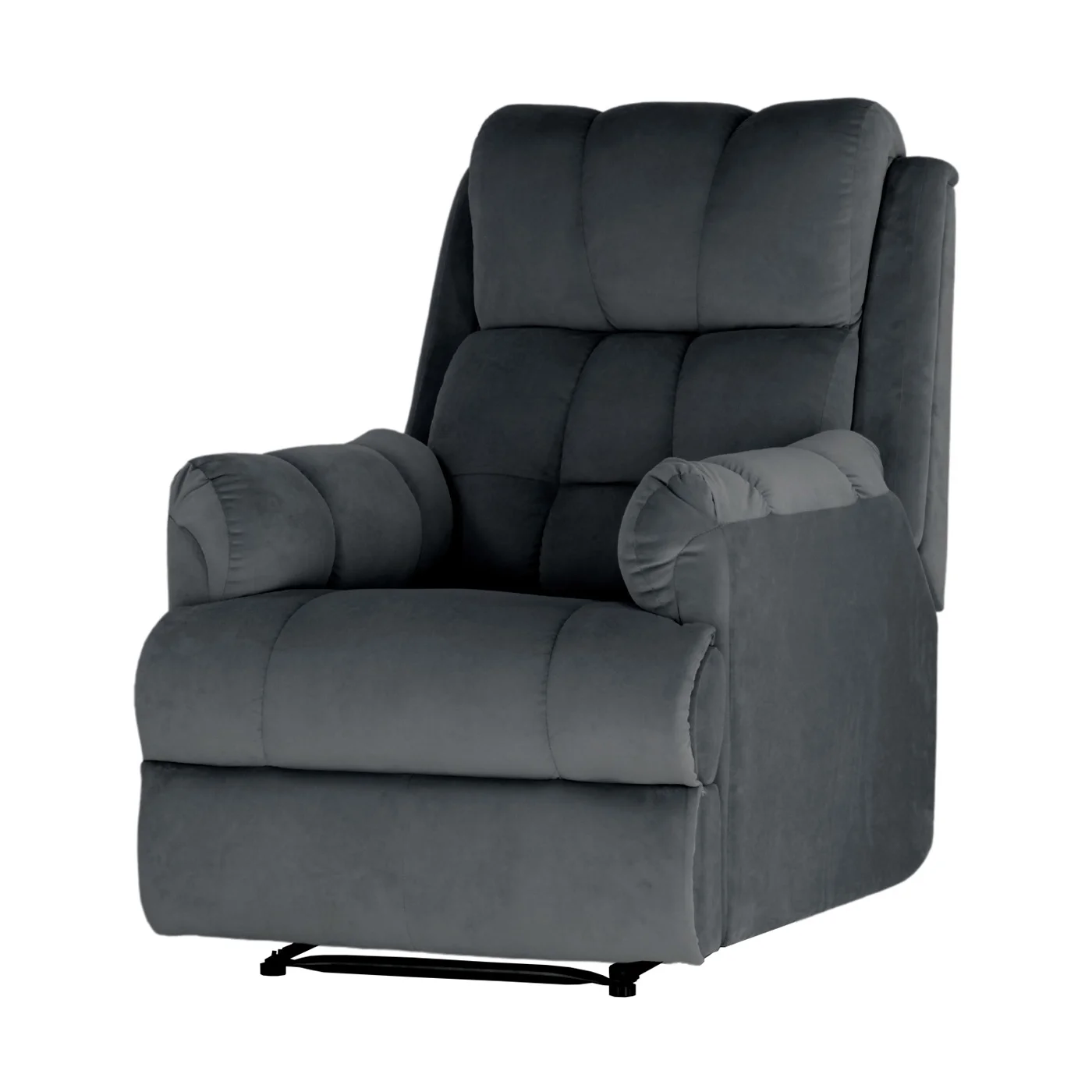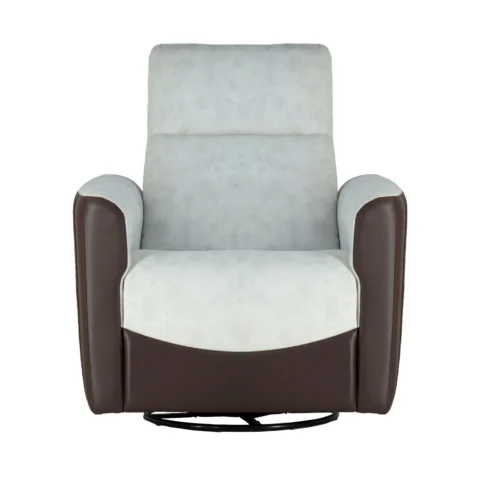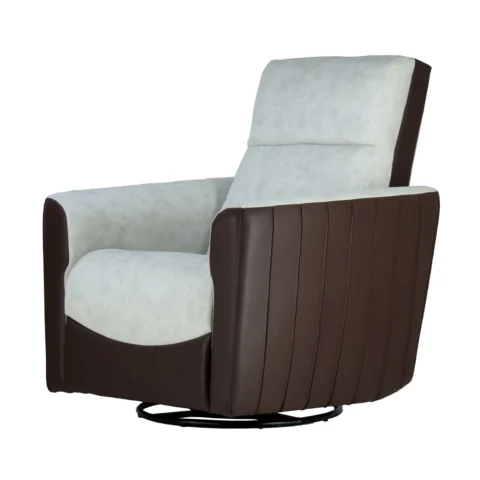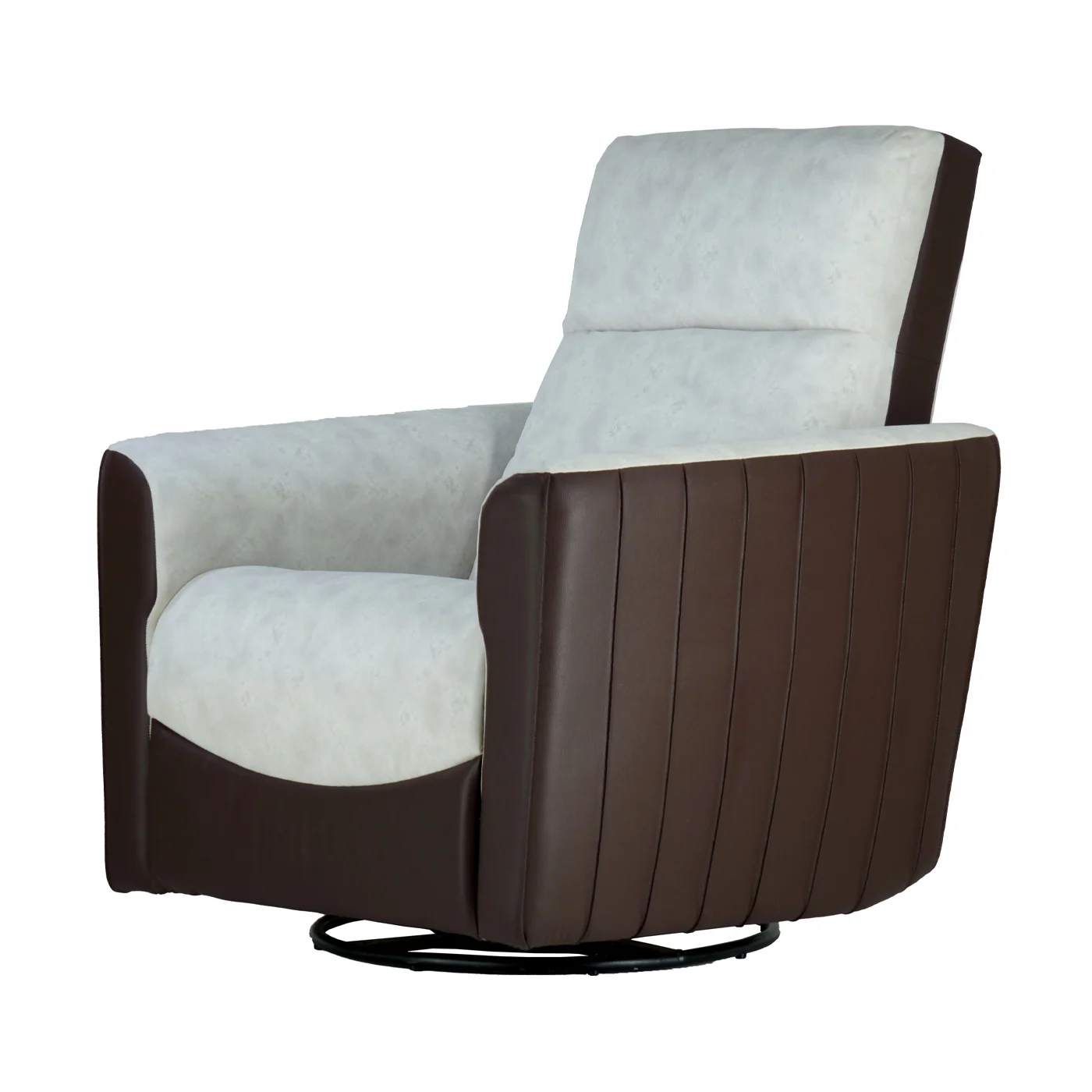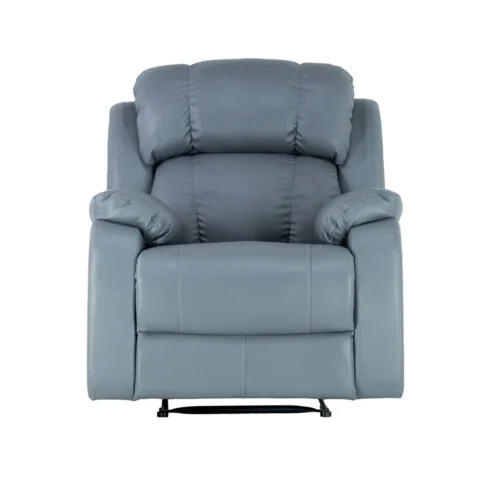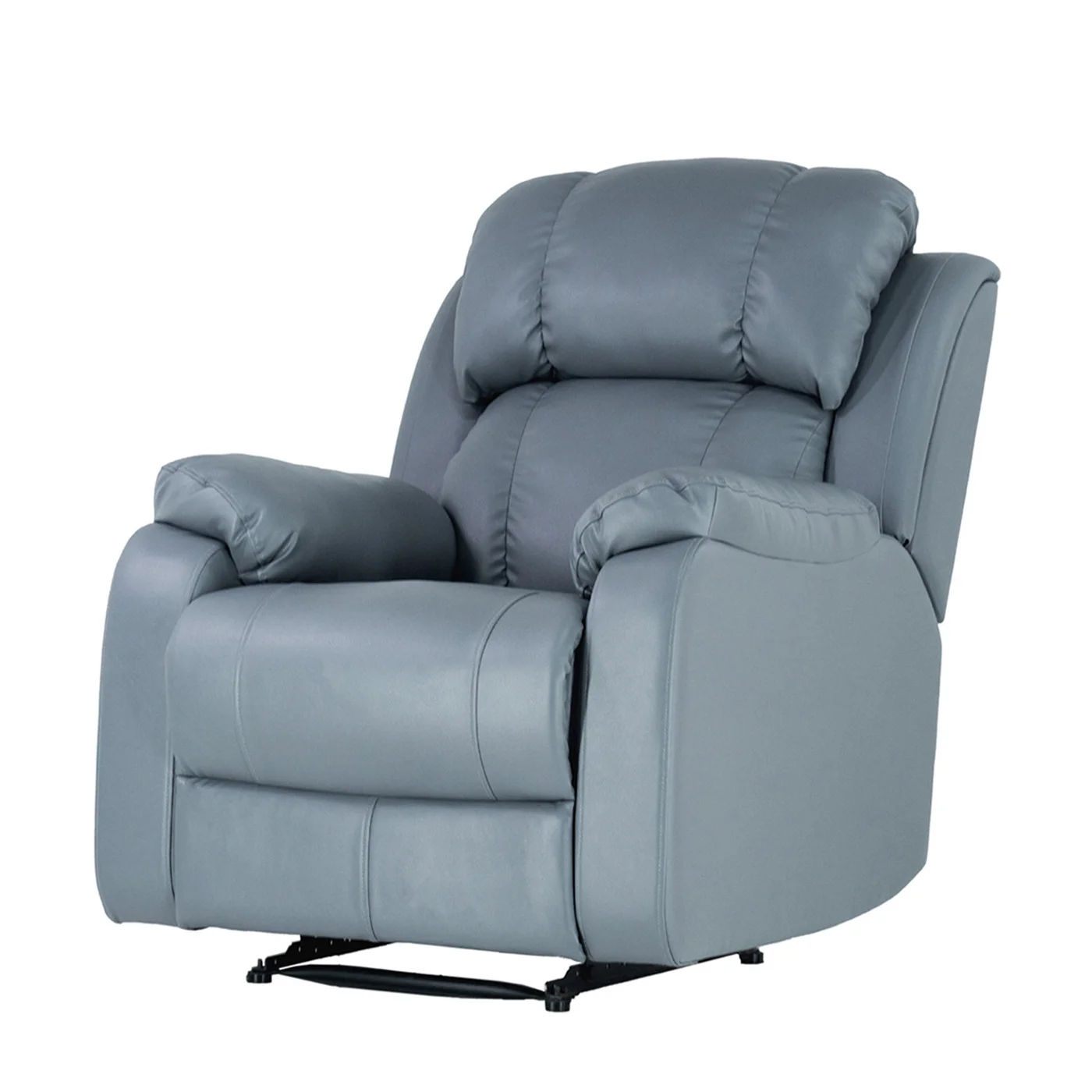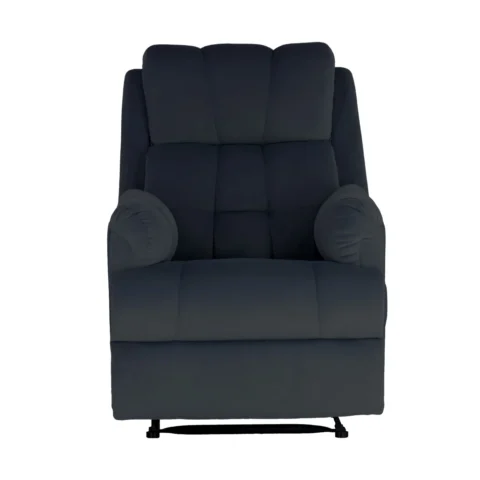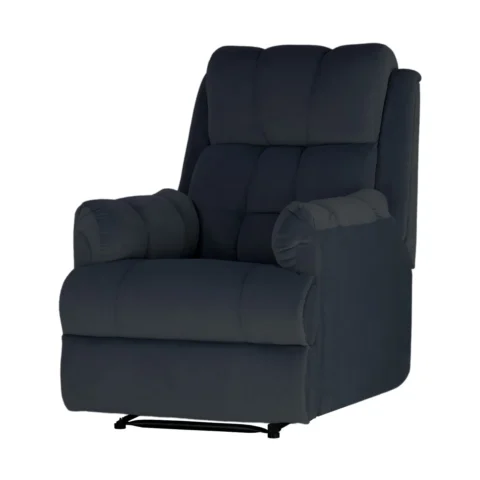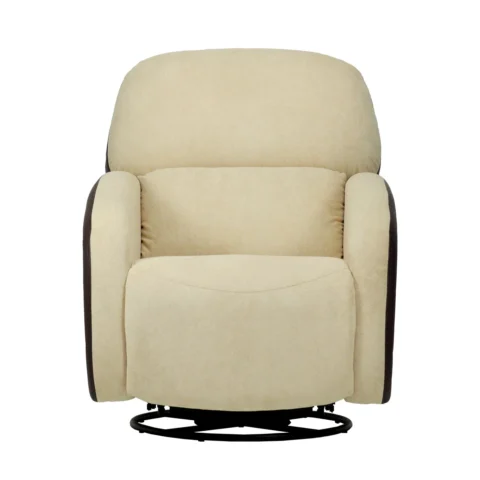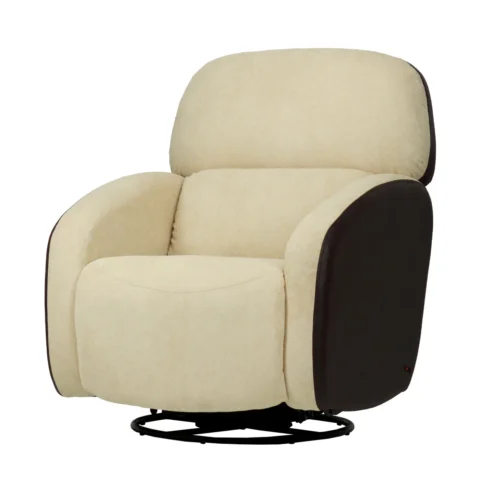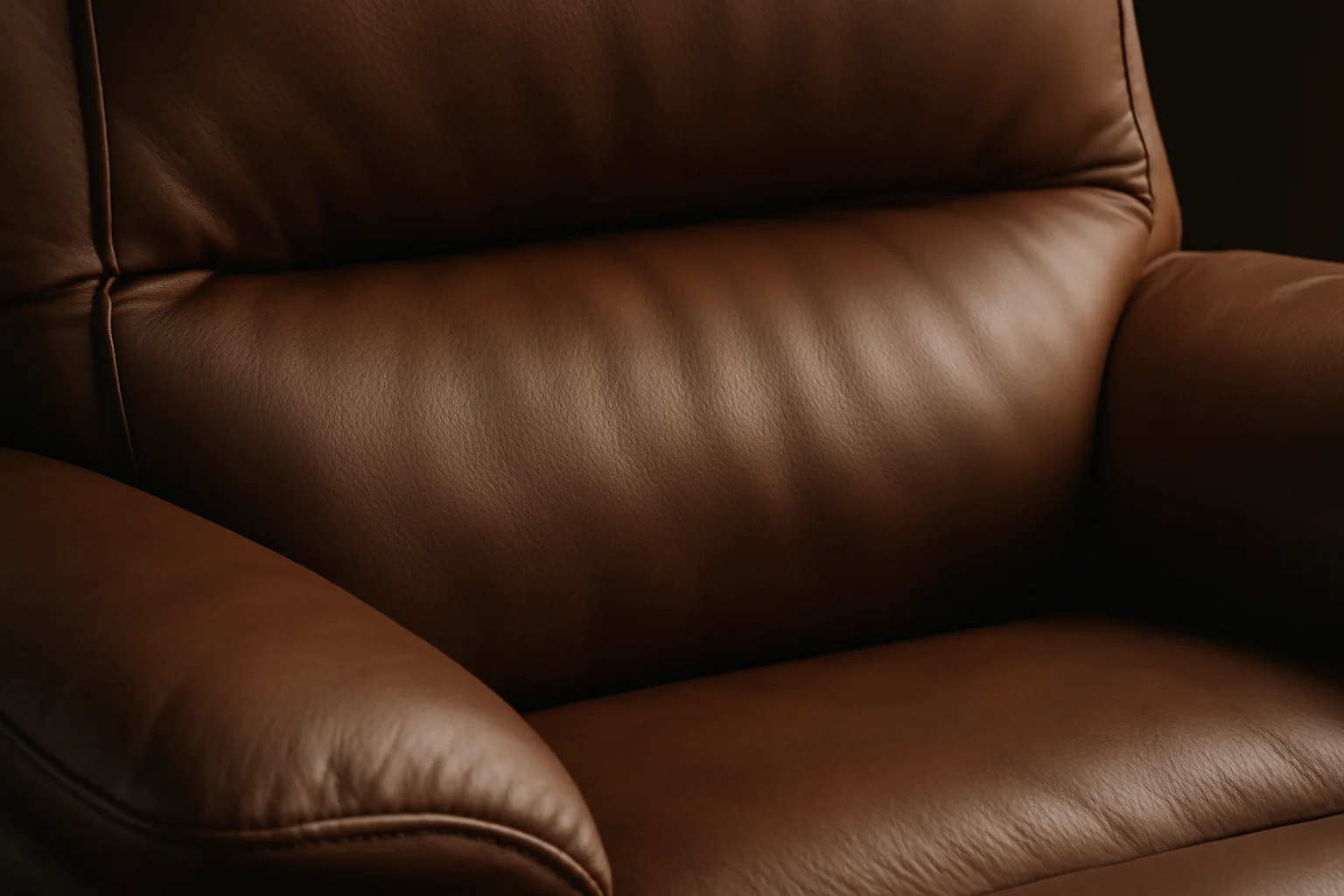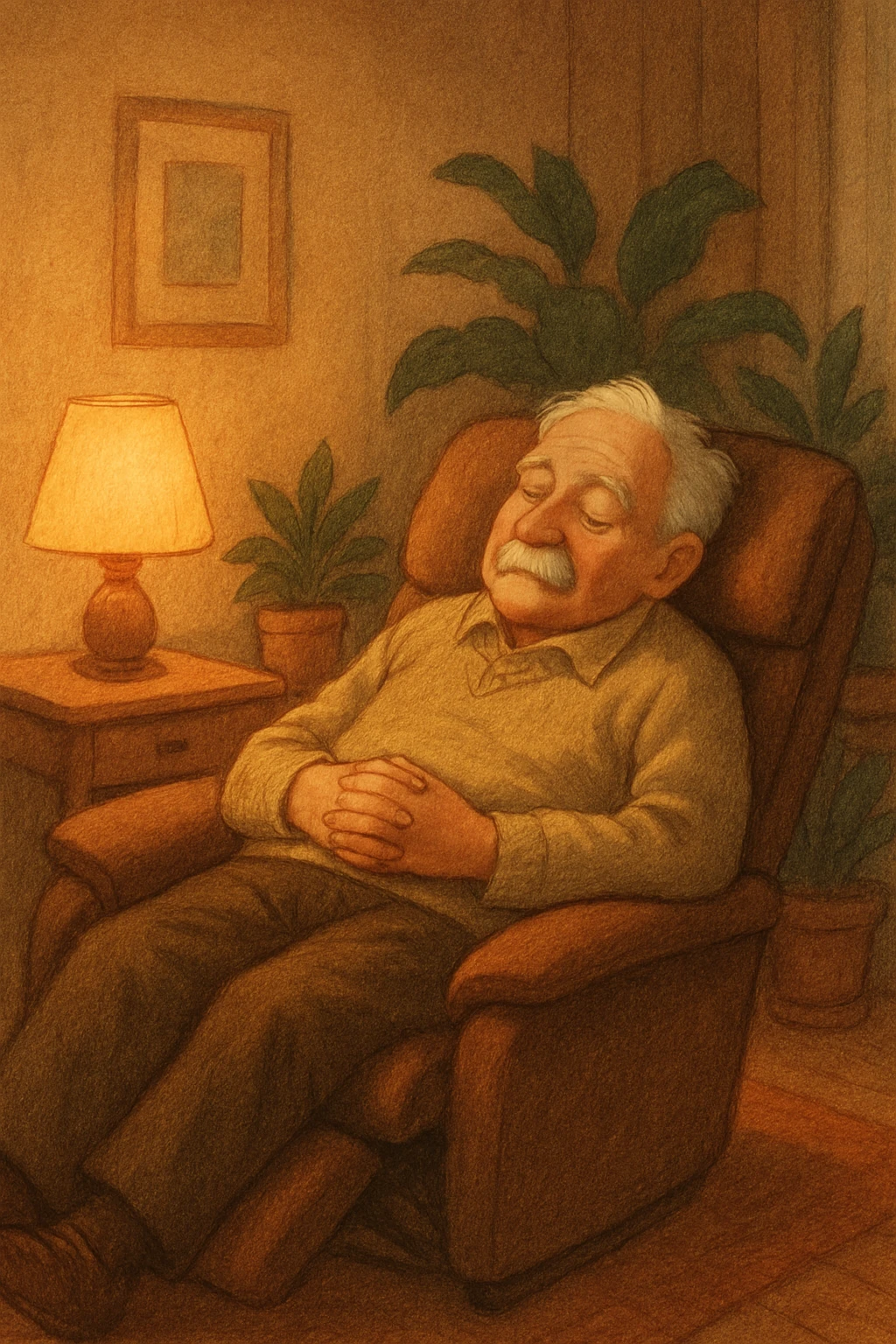A Complete Guide to Recliner Upholstery Maintenance
There’s nothing quite like sinking into your recliner after a long day. It’s where comfort meets routine. But as much as we enjoy using it daily, we often forget that recliners need a little care to stay cozy and good-looking over time. Whether it’s fabric, leather, or faux leather, recliner maintenance plays a big role in how long your favorite seat lasts.
So, if you’re wondering how to keep your recliner clean, functional, and looking like new, this guide walks you through everything, from weekly cleaning tips to long-term care.
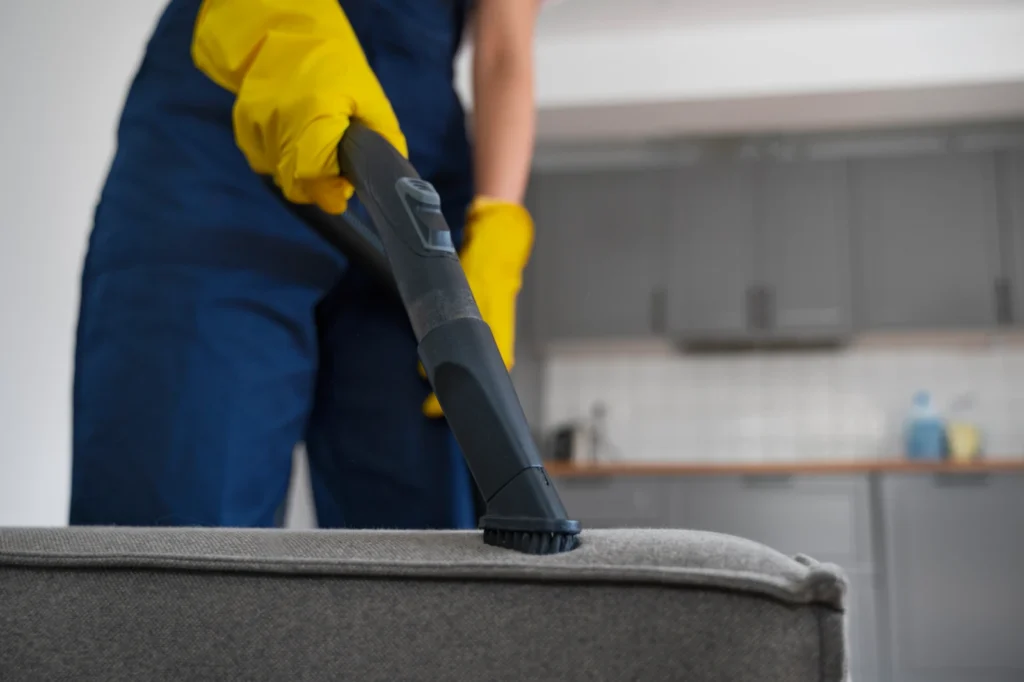
Why Regular Recliner Maintenance Matters
Let’s be honest! Recliners take a beating. They are constantly used, often become snack zones, and sometimes double as nap stations. Over time, all that use leads to stains, dust buildup, worn-out fabric, and even creaky mechanisms.
Maintaining your recliner doesn’t just keep it looking neat. It:
- Extends the lifespan of your upholstery and internal structure
- Prevents stains from setting in
- Keeps odors, bacteria, and allergens at bay
- Helps the reclining mechanism work smoothly
In short, regular care means more comfort and fewer expensive repairs.
Start by Knowing Your Recliner’s Upholstery
Not all recliners are made the same. Before you clean anything, figure out what material you’re working with. The cleaning method depends on it.
The most common types are:
Fabric recliners – These are breathable and comfy, but easily absorb spills and dust.
Leather recliners – Durable and luxurious, but need conditioning to prevent cracks.
Faux leather (PU or vinyl) – Affordable, easy to clean, but prone to peeling if neglected.
Each material requires specific care to keep your recliner looking its best and lasting longer. Understanding the upholstery type helps you choose the right cleaning products and methods, avoiding damage and maintaining comfort and appearance over time.
Light Cleaning: Your Weekly Recliner Routine
Just like you tidy up your kitchen or bathroom weekly, your recliner should get the same attention.
Here’s a simple routine that won’t take more than 10–15 minutes:
- Vacuum the cushions and crevices to get rid of dust, crumbs, and pet hair.
- Wipe the surface with a dry or slightly damp microfiber cloth.
- Spot check for any visible stains or dirt patches.
- Fluff or rotate removable cushions if your recliner has them.
- Tighten screws or bolts in the handle or base if needed.
It’s amazing how much cleaner your recliner will feel with just a bit of weekly care.
Deep Cleaning Your Recliner: Once a Month Is Enough
A monthly deep clean will tackle what your weekly wipe-downs can’t.
For fabric recliners:
Start with a vacuum, especially in corners and seams. If there are stains, mix a small amount of mild dish soap with warm water. Use a sponge or soft cloth and gently dab the stain. Don’t rub too hard. It can spread the mess or damage the fabric.
You can also:
- Use a fabric-safe upholstery spray
- Let baking soda sit for 15 minutes to absorb odors, then vacuum it off
- Try a steam cleaner but only if your recliner’s care tag says it’s safe
For leather recliners:
Leather needs moisture to stay soft. After dusting it with a clean cloth, apply a leather conditioner. This prevents cracking and keeps it looking supple.
Also:
- Avoid using too much water, it can dry out or warp the leather
- Always spot-test any product first
- Buff the leather lightly with a dry towel after conditioning
For faux leather recliners:
These are easier to manage. A mild soap and water solution usually does the trick. Just remember to dry the surface fully and moisture can cause the material to peel over time.
Focus on High-Traffic Areas
Some parts of the recliner wear out faster than others, especially the armrests, headrest, and footrest. These are the areas that collect the most sweat, hair, and oils from skin.
Here’s how to stay on top of it:
- Use a soft brush or cloth to clean seams and stitching
- Disinfect gently with fabric-safe wipes
- Sprinkle a bit of baking soda occasionally to keep odors in check
You can also use removable covers or throws to protect these spots, especially if multiple people use the chair daily.
Handling Spills and Stains Like a Pro
Spilled coffee? Pet accident? Don’t panic.
Act fast:
Blot the spill with a clean towel. Don’t scrub. It pushes the stain deeper. Then, depending on your upholstery type, use a cleaner or warm soapy water to dab the area. Let it air dry.
For tougher stains (like wine, grease, or ink), it’s safer to call in professional cleaners, especially for expensive recliners or leather ones.
Got Pets? Here’s What to Do
We love our furry friends, but they sure do leave their mark. If your pet uses your recliner as a second bed, be proactive.
Some easy tricks:
- Use washable covers that match your decor
- Keep a lint roller nearby for quick clean-ups
- Train pets not to scratch the upholstery (cat scratch pads help!)
- Vacuum more often fur and dander hide in crevices
A little extra effort goes a long way in keeping your recliner pet-friendly and people-friendly.
A Few More Preventive Care Tips
Sometimes, it’s what you don’t do that makes the biggest difference.
- Don’t place your recliner in direct sunlight. It fades fabric and dries out leather.
- Avoid eating greasy or messy food in your chair (easier said than done, we know!)
- Keep kids from jumping on the recliner. It damages the frame.
- Use headrest and armrest covers to reduce direct wear.
Think of these as small habits that make your recliner last 5–10 years longer.
When to Call in the Experts
Despite your best efforts, there may come a time when home cleaning isn’t enough. If your recliner has:
- Deep-set stains
- Odors that won’t go away
- Mold or mildew
- Rips in the upholstery
- Reclining issues or mechanical noise
It might be time for a professional upholstery cleaner or technician. Annual servicing is a smart idea if your recliner gets heavy daily use.
Final Thoughts
Your recliner is more than just furniture. It’s where comfort lives. With regular upkeep, the right cleaning methods, and a few smart habits, you can keep your favorite seat looking great and working perfectly for years.
Remember: recliner maintenance doesn’t have to be complicated. A bit of weekly care, some monthly deep cleaning, and awareness of how you use it can go a long way. And when you do need help, don’t hesitate to call a pro.
So go ahead – kick back, relax, and enjoy your recliner. You’ve earned it. Visit Hush Hiven to explore the recliner collections!
FAQs on Maintaining Recliner Upholstery
- How often do I need to give my chair a deep clean?
A decent rule of thumb is to give your recliner a deep clean once a month if you use it every day. If you have kids or pets, you might want to do it every two to three weeks. Regular vacuuming and spot cleaning might help you go longer between deep cleans. - Can I clean my recliner using standard home cleaners?
Not all the time. Some cleaners for the home use strong chemicals that might hurt fabric or dry up leather. Always read the care label on your recliner and use items that are appropriate for upholstery. If you’re not sure, try it out in a small, hidden area first. - How can I best get rid of foul smells in my recliner?
Put baking soda on the surface, wait 15 to 30 minutes, and then hoover it up. It’s a natural and easy way to get rid of odours. If the stench is too bad, apply an odour remover that is safe for fabric or call a professional upholstery cleaner. - What can I do to stop my chair from making noise or getting stuck while it moves?
That usually signifies the mechanism needs some oil. Use a silicone-based lubricant on the hinges and joints, but don’t let it touch the leather or fabric. It could be time to have it serviced if the noise keeps up.
Blog
Get fresh home inspiration and helpful tips from our interior designers

